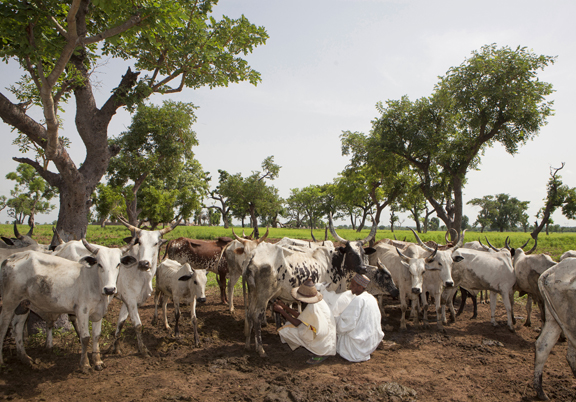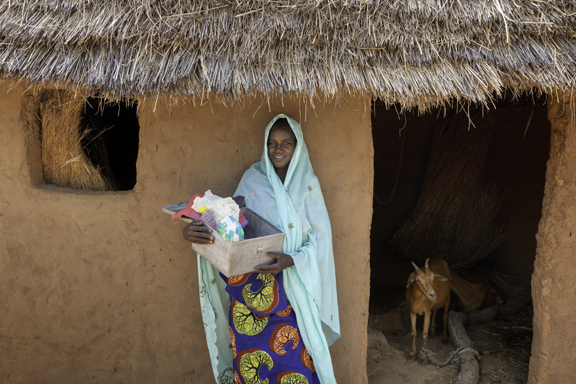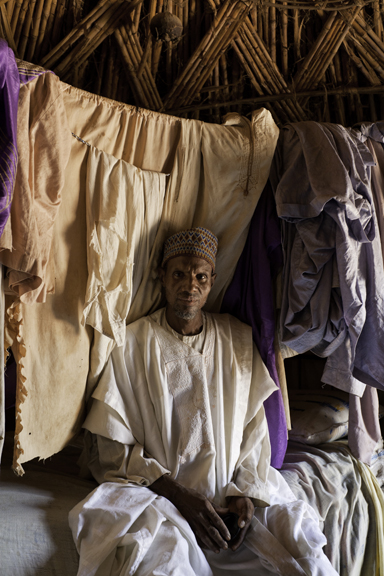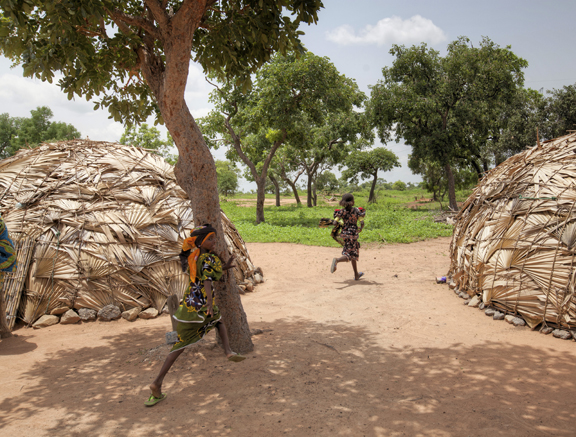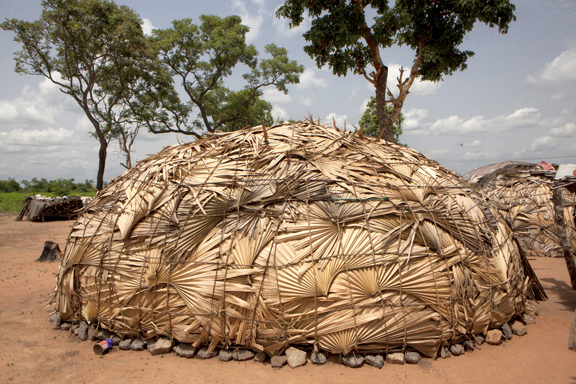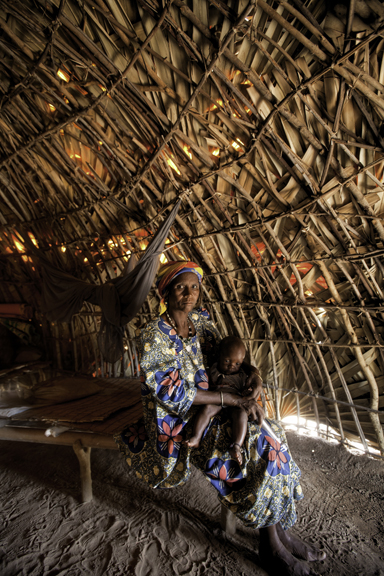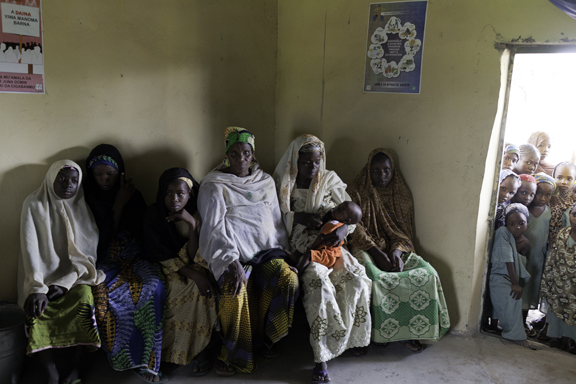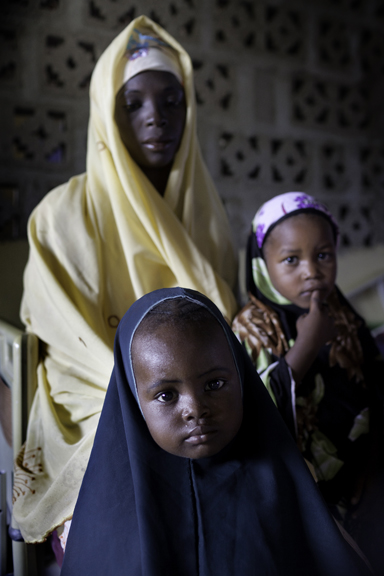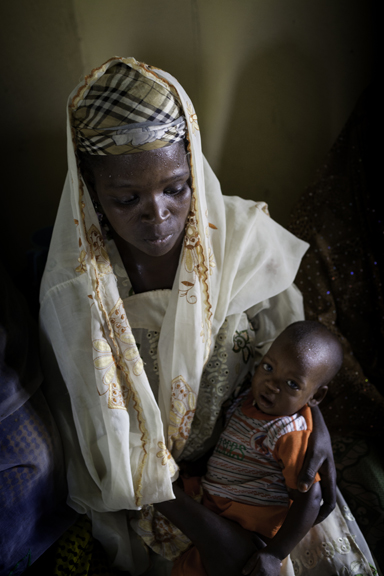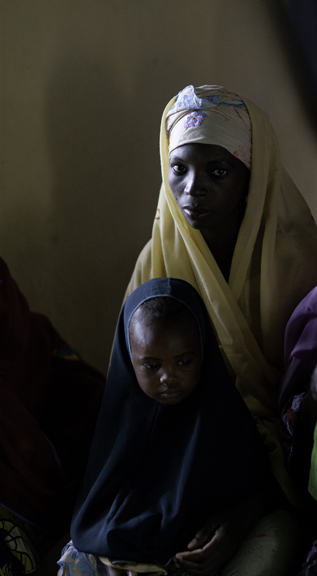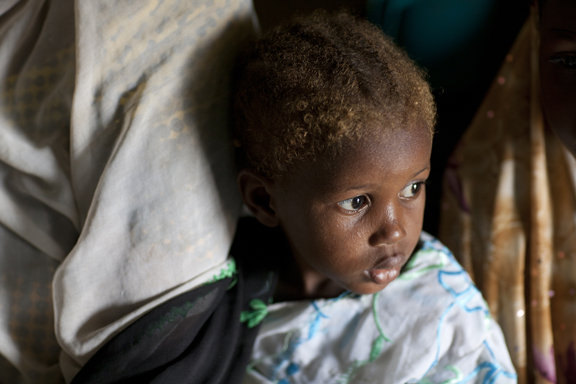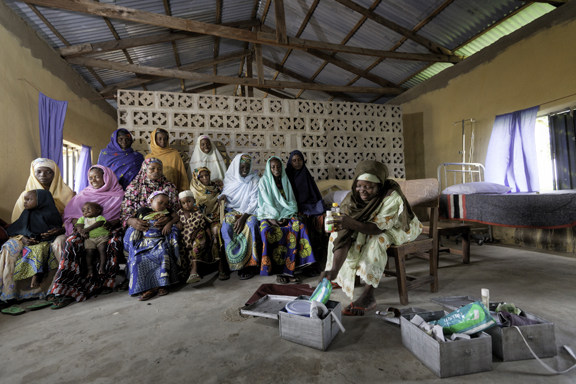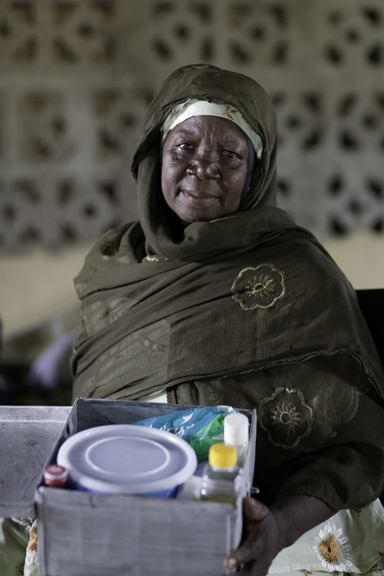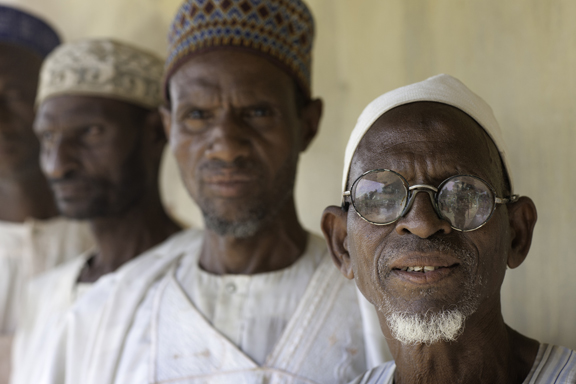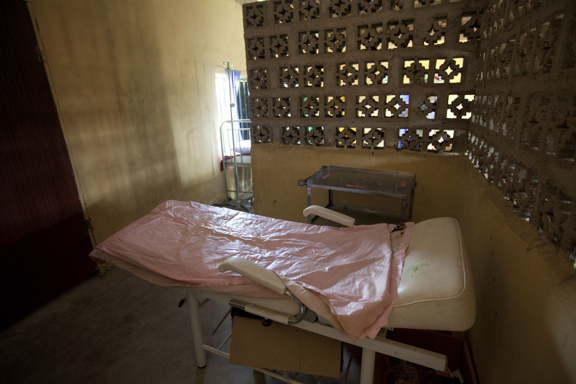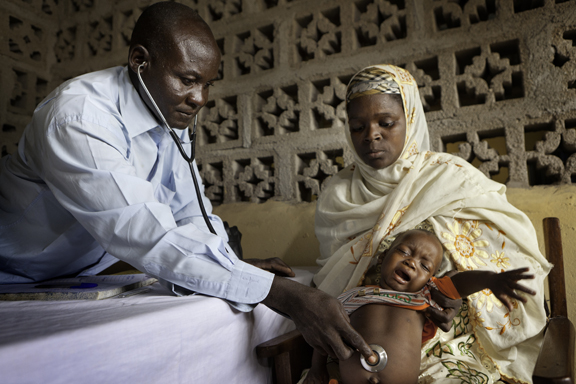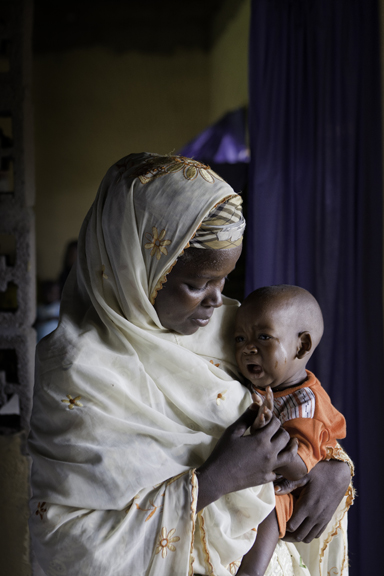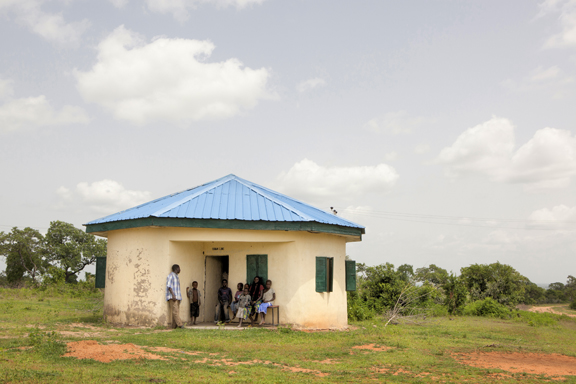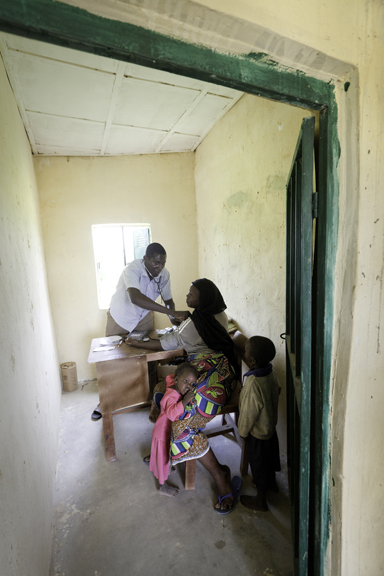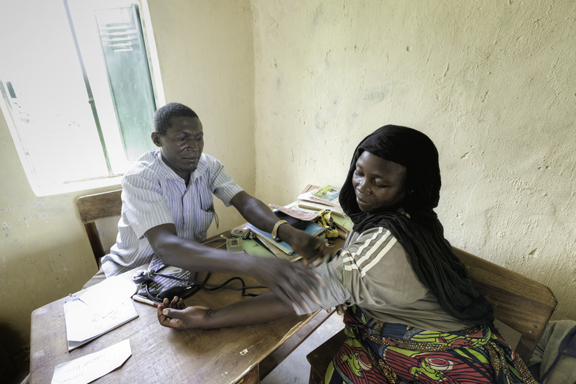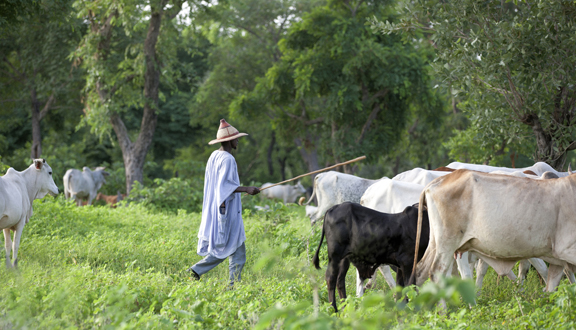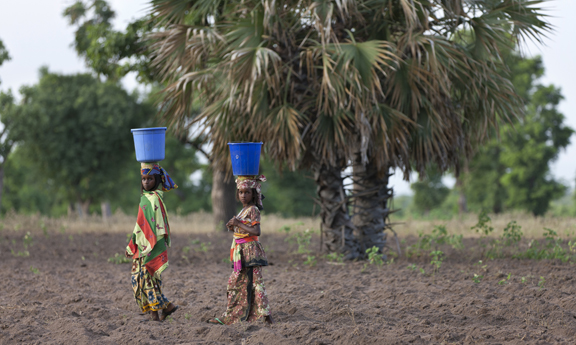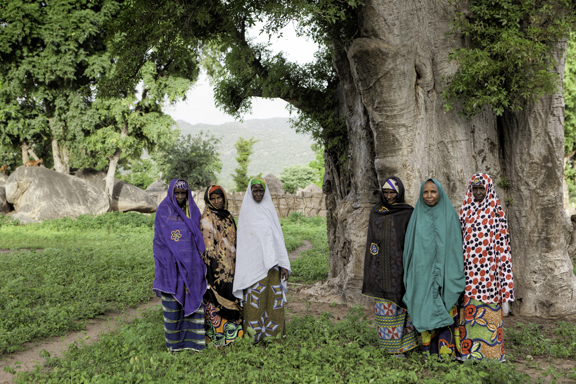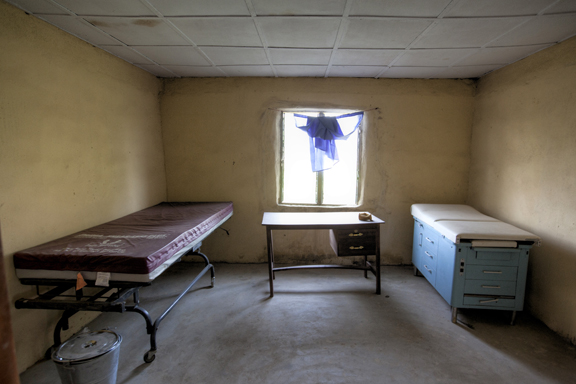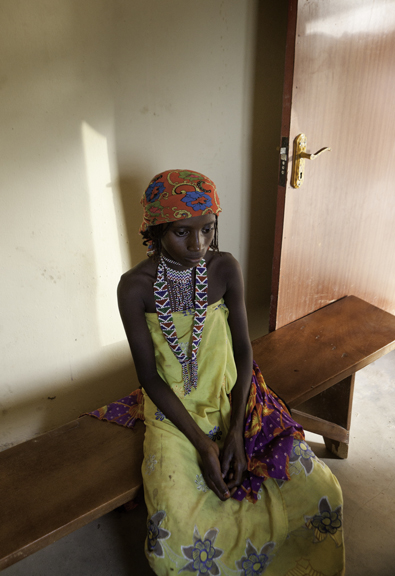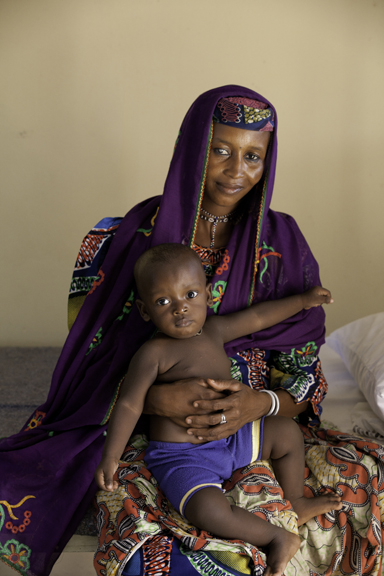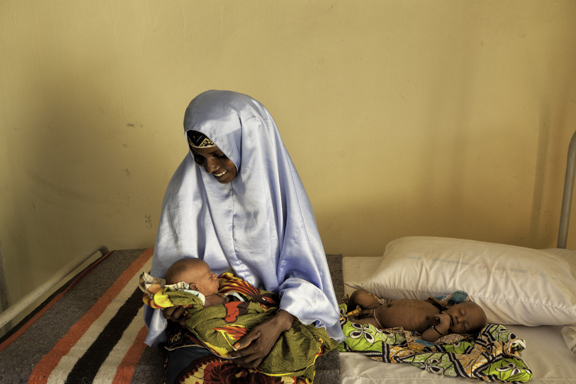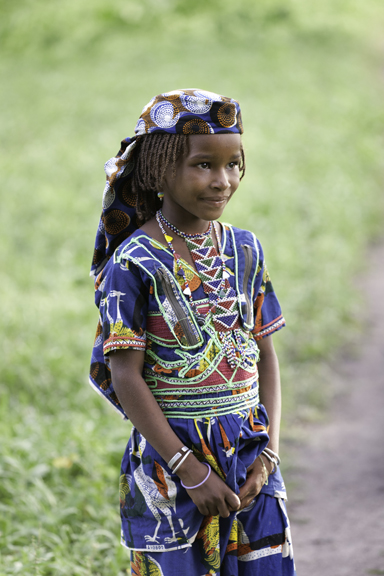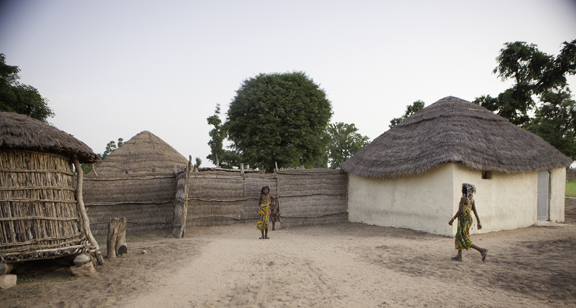This past July I was assigned by the David and Lucille Packard Foundation to photograph their maternal and child health care programs in Nigeria. The Packard Foundation had made an executive decision to terminate their programs after ten years of very multifaceted and comprehensive involvement in all aspects of women’s reproductive health care, including promoting education for young girls. I spent ten very intense days photographing their various programs and even though I covered only 20% of their activities, I feel that we documented enough of the work to highlight many significant issues that were being addressed. The projects I covered raise many important political, cultural and efficacy questions which I will briefly discuss during these posts and as a final post to the Nigerian chronicles, I will address in more detail.
Nigeria is the most populous country in Africa, the eighth most populated country in the world, with a population estimated to be over 155 million. One out of every five Africans is a Nigerian. Nigeria has been undergoing explosive population growth and has one of the highest growth and fertility rates in the world. The country is culturally divided between the Muslim north and the Christian south. The Packard Foundation was the first foundation to implement family planning and maternal health care programs in the Muslim northern half of the country. It was in this region of the country that I did my work.
My first assignment was to document the health care clinics and schools that the Packard Foundation funded for the nomadic tribal people near Yola, Nigeria. Yola is in the far eastern area of Nigeria, adjacent to Cameroon. The Dou-Leggal nomadic people basically follow the rains that allows their cattle, a main source of their wealth, to graze and thrive. Their migration route takes them through Chad, Niger and Nigeria throughout the course of the year.
Being welcomed into the village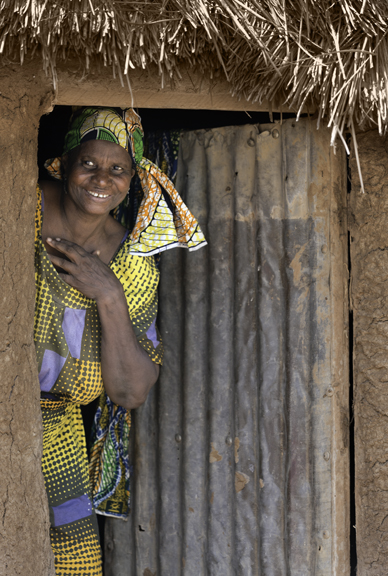
A traditional birth attendant and her husband, the ARDO or community leader
Examples of the nomadic homes. I was particularly impressed by the ingenuity and aesthetics of these temporary homes that were constructed from natural materials.
I crawled into one of these homes to photograph a mother and her baby. It was surprisingly cool within this structure.
We then visited a clinic at Wuro Udda’n which was strategically placed along the cattle routes traversed by these nomadic people during their seasonal migration.
Women and their children waiting to be seen by local health care workers.
This next image, in my mind, is iconic of the condition of many young girls in Nigeria who are destined to have multiple, frequent pregnancies. There is sadness and resignation in their expressions as even at this young age, they seem to know their destiny.
The following photo is of a young boy with his brittle reddish hair. The color and texture of his hair is a sign of serious malnutrition.
Traditional birth attendants (TBA’s) are vital health care workers and are the front line in providing healthy safe deliveries for women and their new babies. In the clinic, a TBA is lecturing a group of women on the various components of their delivery kits that can facilitate a healthy birth.
The male elders of the community. All new projects have to get their support and approval to proceed, including the building of this health clinic.
The room where women give birth
This was a dramatic moment as this young child had malaria and fortunately the clinic was able to treat the child with lifesaving medication.
This was another very tiny clinic we visited in a nearby area.
The exam rooms were no larger than a closet.
We than drove about two hours to another nomadic village.
The following photos are of the TBA’s and the male peer health counselors.
The birthing room at the clinic
A young girl waiting to be treated for malaria.
Young mothers with their healthy babies.
A young tribal girl
End of day in village
I wanted to stay longer in the village but it was made clear to me in no uncertain terms that we had to return to Yola before dark; it was dangerous to drive in the dark as we were susceptible to being robbed.
The next post will be on the schools constructed by the Packard Foundation in these nomadic communities.

